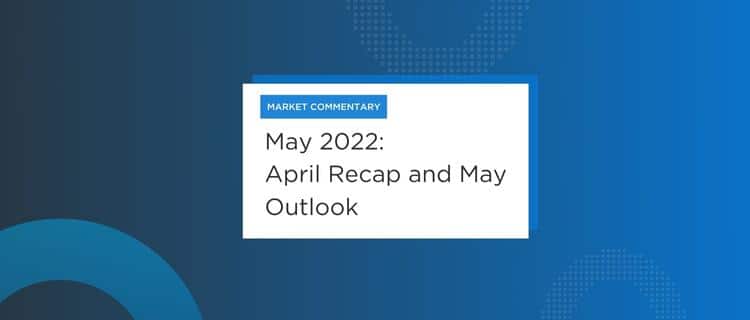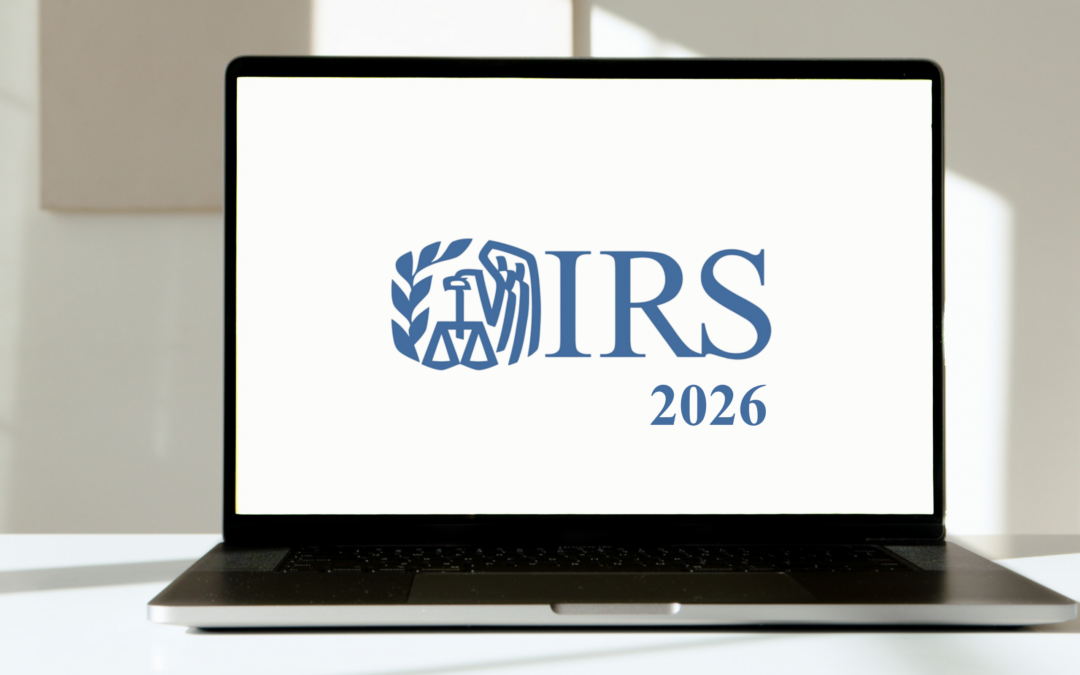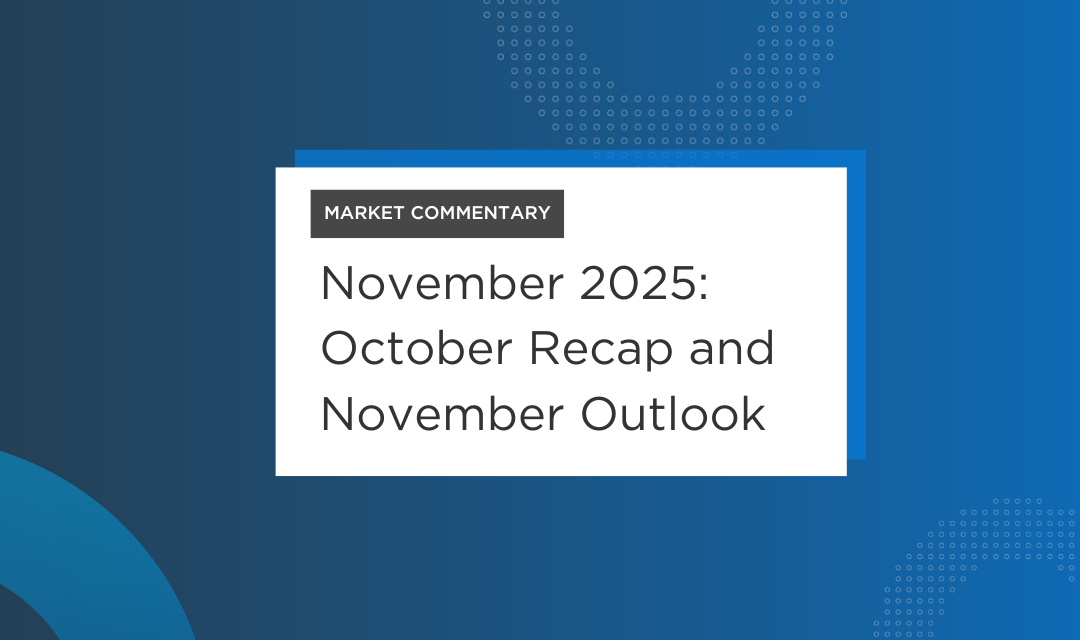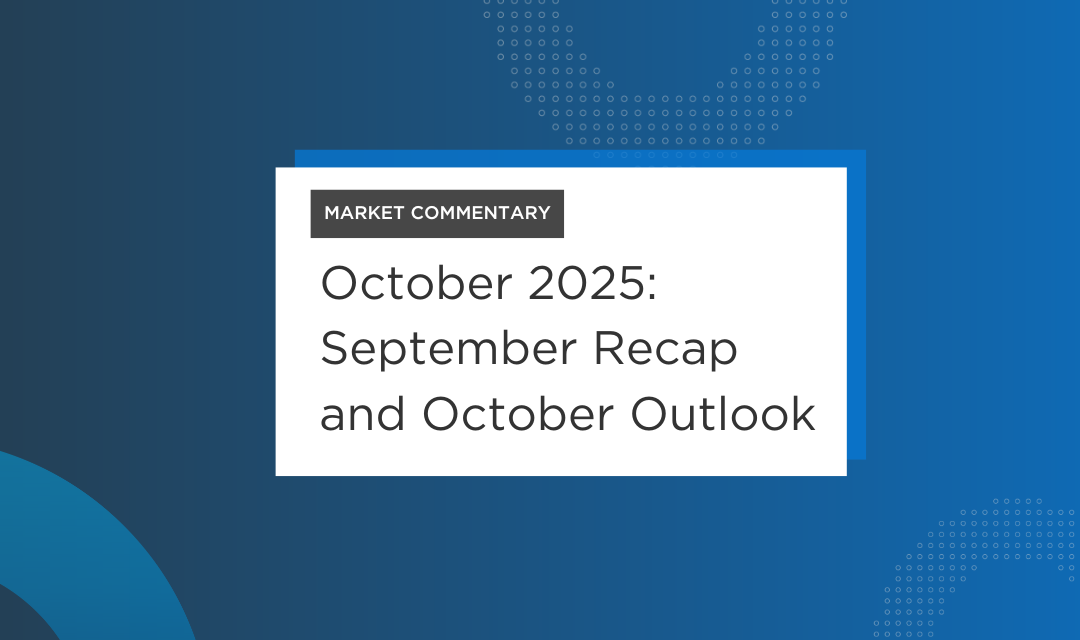COVID concerns took a definitive backseat as mask mandates on flights ended, and the concerns about the economy turned to how bad things will get. The concerns over the disruption of the ongoing war in Ukraine, 40+ year record inflation, and the resulting amping up of the Fed’s intentions on rate increases moved distinctly into the foreground. Let’s look at some headlines:
- The IMF released projections for the impact of the war in Ukraine. Global growth will likely slow from an estimated 6.1% in 2021 to 3.6% in 2022 and 2023. This is 0.8 and 0.2 percentage points lower for 2022 and 2023 than projected in January.
- The war isn’t just impacting growth. The IMF also reported that war-induced commodity price increases and broadening price pressures have led to 2022 inflation projections of 5.7% in advanced economies and 8.7% in emerging market and developing economies—1.8 and 2.8 percentage points higher than projected last January.
- In remarks at a panel discussion at the IMF on April 21st, Chairman Powell reiterated that it is appropriate “to be moving a little more quickly” on rate hikes. That translated into guidance on the first 50-bps rate increase in 22 years.
- Economists began talking about “stagflation.” Stagflation is high inflation, high unemployment, and slow or negative real economic growth. Stagflation fears rise out of the potential for the Fed to overshoot and tip the economy into recession. Another way to think of stagflation is a circular firing squad. In stagflation, the moves the central bank makes to rescue the economy push it further into recession.
Chairman Powell Steps Up to the Plate – and the Mic
We’ve come a long way from a Federal Reserve that would speak as obtusely as possible and exclusively to economists and bond market people.
Powell spoke “directly to the American people” in his remarks. He was clear about his view of where inflation is and what the Fed’s intention is: “Inflation is much too high and we understand the hardship it is causing, and we’re moving expeditiously to bring it back down.”
Powell was also careful to stake out what the Fed sees as under its purview, as opposed to governmental control: “It’s really the Fed that has responsibility for price stability.”
How Did the Markets React?
The increasingly negative numbers all months speak for themselves. And it wasn’t just equities – bond market prices suffered as yields hit levels they haven’t seen in years. However, there were some bright some spots.
There is some indication that the 8.5% March inflation number may be the peak. Core inflation, which is CPI ex food and energy, fell in March. The Atlanta Fed tracks what they call “sticky-price” inflation. This is a weighted basket of items that change price relatively slowly. It increased 5.8 % annualized in March, following a 6.5 % increase in February.
So even though inflation is up, “sticky” inflation is trending down. Added to a strong labor market and an economy that is still growing, even if slower, the potential for both stagflation and a prolonged recession – or any recession – may be lower than headlines are shouting now.
After the rate increase on May 4th, and Powell’s remarks, the market initially reacted positively as rate increases of 100 basis points over the next two meetings were not as drastic as some feared. As rates continue to climb, and we see how inflation responds, volatility will continue to be with us.
However, it’s important to keep in mind that the market overall, especially as measured by earnings, is healthy. Q1 2022 earnings are up 8.5% year-over-year, although lower than Q4 2021. The market is down from the all time high seen in January, but it’s still higher than it was prior to the pandemic.
Equity Markets
- The S&P 500 was down 8.80% in April, bringing its YTD return to -13.31%
- The Dow Jones Industrial Average lost 4.91% for the month and returned -9.25% YTD
- The S&P Mid-Cap 400 decreased 7.18% for the month resulting in a -12.02% YTD return
- The S&P Small-Cap 600 declined 7.87% in April, putting the YTD return at -13.34%
Source: All performance as of April 30, 2022; quoted from S&P Dow Jones Indices.
The S&P 500 traded in a high/low range of 11.38%, compared with the pre-COVID-19 historical monthly average of 6.86%. The index ended the month with its worst one-day return (-3.63%) since June 11, 2020, and is in correction territory. Intra-day volatility is up, trading volume is down, and breadth not only declined, but it also turned negative as only 05 issues gained, compared with March’s 315 gainers.
Bond Markets
The 10-year U.S. Treasury ended the month at 2.93%, and the 30-year U.S. Treasury ended at 3.00%, up from last month’s 2.45%. The Bloomberg U.S. Aggregate Index was down, returning -3.79. As represented by the Bloomberg Municipal Bond Index, Municipal bonds returned -2.76%. High yield corporate bonds struggled with rising rates, with a return of -3.55% for the Bloomberg U.S. High Yield Index.
Eye on the Month Ahead
One point that has been consistently made over the past decade-plus of record stock market returns is that the market has been boosted by artificially low interest rates. Rates had not recovered to normal levels after the Global Financial Crisis, and the pandemic resulted in a second slashing of rates and an enormous increase in the Fed’s balance sheet asset, which pushed long-term yields down.
With the 10-year U.S. Treasury at just below 3%, mortgage rates at more than 5%, and the market pricing in a short-term rate of nearly 3% by year-end, normalization is happening fast. What does that mean for investors?
Well, some basics: Higher interest rates mean that profits now are more valuable than more-illusory profits in the future. And all that venture capital money sloshing about? That sound you hear is the collective shriek of start-up workers realizing that firm outings to Coachella maybe weren’t the best way to spend the cash, because there might not be as much of it in future. What is back in style? As old school as it gets: Berkshire Hathaway bought $51 billion of stocks in the first quarter.
As for the other workhorse of long-term investing, S&P Global reports that dividends continue on a slow upward trend, with few decreases and measured increases.
Volatility is likely making itself at home, but strong employment, a growing economy and a very engaged and accountable Fed may mean we stave off or control recession, along with inflation.
Financial assistance is available! Get matched with a Financial Advisor:



